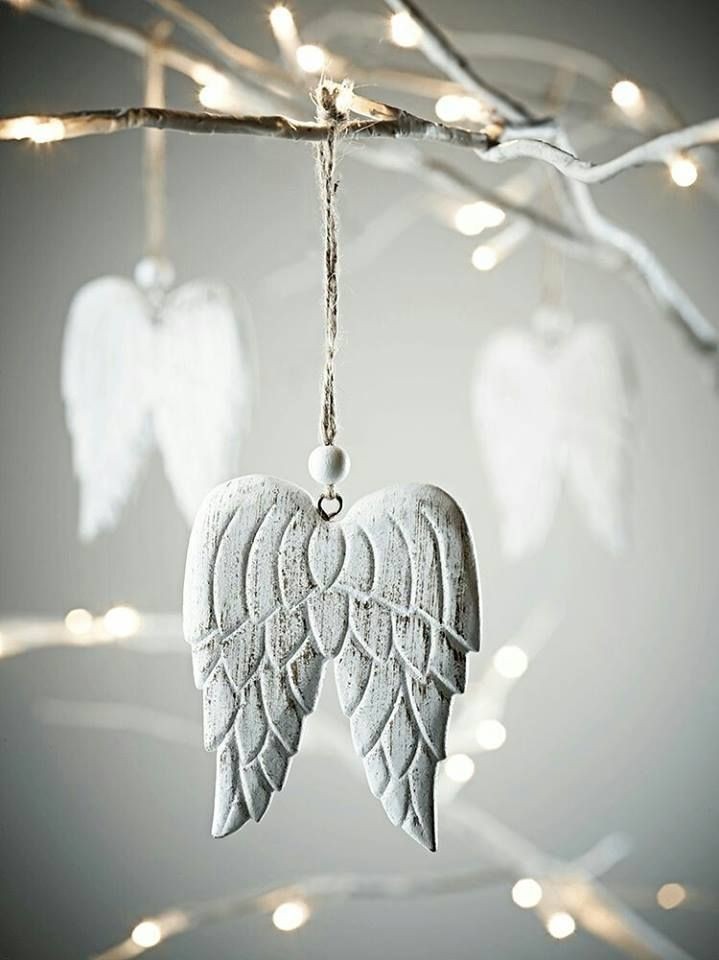Exploring the Healing Powers of Paper Art and Craft.
- Koöko Fleurs
- Dec 15, 2023
- 4 min read
Updated: Apr 6


Japan is a country known for its rich cultural heritage and unique art forms. From traditional calligraphy to intricate origami, Japanese art has always been associated with precision, beauty, and the expression of emotions. And one such form of art that has gained popularity in recent years is paper craft folding art.
Paper craft folding art, also known as paper craft origami, is the practice of transforming a flat sheet of paper into a three-dimensional object through folding and sculpting techniques. It is believed to have originated in Japan in the 6th century and has evolved into a therapeutic form of art in modern times.
But what makes paper craft folding art so special? How does it tie into the concept of art therapy? And why is it so popular in Japan? Let's explore the healing power of this unique art form and its deep roots in Japanese culture.
The Art of Paper Craft Folding in Japan
In traditional Japanese culture, paper was considered a precious material, often used for ceremonial purposes and as a symbol of purity. The practice of paper folding, or origami, was used to create decorative objects for rituals and ceremonies. It was seen as a way to honor the gods and bring good luck.
Over time, paper craft folding became more accessible to the common people, and it evolved into a form of entertainment and artistic expression. The folding techniques became more complex, and new designs were created, ranging from animals to plants and various objects. Today, origami is a popular hobby for people of all ages in Japan.
The Therapeutic Benefits of Paper Craft Folding Art
In recent years, paper craft folding art has gained recognition as a form of therapy for its therapeutic benefits. The act of creating something beautiful with your own hands can be a powerful tool for self-expression and healing.
One of the primary benefits of paper craft folding art is that it requires focus and concentration, which can help calm the mind and reduce stress and anxiety. As you fold and manipulate the paper, your mind becomes fully engrossed in the process, allowing you to disconnect from any negative thoughts or emotions.
Additionally, the repetitive nature of folding can also induce a state of relaxation and mindfulness, similar to meditation. It allows you to be fully present in the moment, letting go of any worries or distractions.
Moreover, the final product of paper craft folding art can bring a sense of accomplishment and pride, boosting self-esteem and confidence. It can also serve as a tangible reminder of your inner strength and creativity, which can be especially beneficial for those struggling with mental health issues.
The Connection to Art Therapy
Art therapy is a form of psychotherapy that uses various artistic mediums to help individuals express their emotions, process trauma, and improve their overall well-being. It is based on the belief that creating art can be a powerful tool for healing and self-discovery.
Paper craft folding art fits perfectly into the concept of art therapy as it allows individuals to express their inner emotions and thoughts in a tangible form. It can help them reconnect with their feelings and find a sense of control and purpose in their lives.
Moreover, paper craft folding art is a non-verbal form of communication, making it an excellent outlet for those who struggle to express themselves through words. It can be especially helpful for individuals who have experienced trauma or struggle with mental health issues such as anxiety or depression.
The Deep Roots of Paper Craft Folding Art in Japanese Culture
Paper craft folding art is deeply ingrained in Japanese culture and has many symbolic meanings. For instance, the crane is a popular origami design in Japan and is believed to bring good luck and fulfill wishes. In ancient Japanese legends, it is said that anyone who folds 1,000 cranes will be granted one wish.
Similarly, cherry blossom origami designs are commonly used in Japan as a symbol of new beginnings and hope. It is believed that the delicate beauty of the cherry blossom can help individuals find inner strength and resilience during difficult times.
The use of paper craft folding art in Japanese culture also ties into the concept of wabi-sabi, which celebrates the beauty of imperfection and impermanence. In paper craft folding art, even a small mistake can change the final product, and instead of seeing it as a flaw, it is embraced as a unique aspect of the artwork.
In this way, paper craft folding art not only serves as a form of therapy but also reflects the deep cultural values and beliefs of the Japanese people.
To resume, paper craft folding art, combined with its therapeutic benefits and deep cultural roots in Japan, has become a popular form of self-expression and healing. It allows individuals to tap into their creativity and emotions while finding peace and relaxation in the process.
So next time you feel overwhelmed or in need of some self-care, why not try your hand at paper craft folding art? You may be surprised by the healing power of this ancient Japanese art form.











Comments